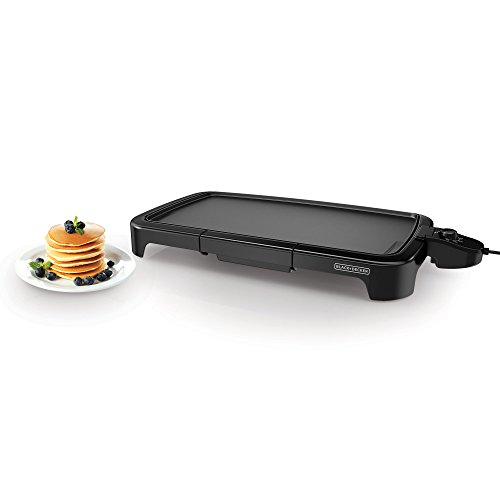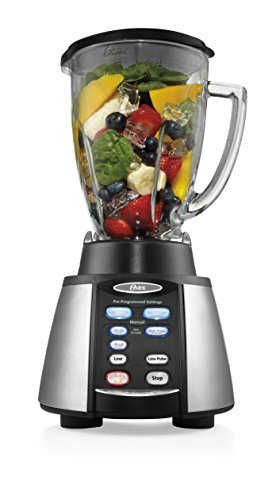I had a deep conversation with one of my clients about willpower yesterday and I feel compelled to share some of my thoughts on it.
Willpower touches on nearly all aspects of healthy living. Eating right, exercising, avoiding alcohol, reading more, working harder, and spending less.
Our willpower is not at some constant level all day, waiting around for us to use it. Nope, it gets weaker with each decision we make. Ever wondered why you give into that late night dessert after resisting sweets all day? You said no to the cake at work, and you didn't go to lunch with the crew. But when you got home and ate dinner you couldn't turn down the cookies that were left over from the party last weekend.
Where was that willpower to bail you out then?
Roy Baumeister, a prominent psychologist, has researched the phenomenon of decision fatigue. This is the idea that our willpower decreases with each decision. Decision fatigue is what leads to analysis paralysis. This is why it is tough to make good decisions when your brain is low on mental energy.
The key to making a healthy lifestyle change is achieving more with less will power. Well how in the world do you do that? I'm going to tell you!
I've got two easy hacks that will help you reach your goals without relying on willpower alone.
1. You should plan your day the night before or days before.
Have what you are going to eat planned out and prepared the night before. You can easily take the stress of 'figuring it out' away. Most people are exhausted before they even get to work in the morning. You woke up trying to think of what to wear, what to eat, and how you were going to fit in your errands after work. You are mentally exhausted before you even got in the car to drive in the terrible traffic. Your efforts to avoid eating sweets all day won't last long with that type of daily mental fatigue.
Pack your gym bag and place it in the car the night before. Scrounging around for your sports bra or Under Armour tights in the morning when you are running late can be mentally exhausting. Lay out your clothes and make sure they are ready to go will eliminate some of that decision fatigue.
Research from Harvard Business School shows that when we make decisions for our future selves, we make better decisions.
So, the night before, plan out as many decisions as you can.
2. Commit in advance.
I often hear, "I"m going to wait until I get off work to see if I 'feel' like going to the gym. Let me be the first to give it to you straight, nine times out of ten you aren't going to feel like going. Your feelings are always going to take the more comfortable route. Committing in advance takes the question out of whether you will do something or not.
This is sometimes why having a trainer to hold you accountable comes in handy. Deciding to hit the gym or get your home workout in can be hard when you are on your own. But if you know your trainer is going to be asking you, "How did the workout go?" then you will be more inclined to get it done.
It may be because you parted with your hard earned money and you want to hold true to your commitment. Or you may have a deep respect for your trainer and don't want to let them down. Whatever it may be, it all comes down to committing in advance.
These are just some strategies that may help you when have a healthy lifestyle goal you want to achieve. Don't get caught in the crossfires of believing that your willpower will get you through.
You see, it’s much easier to have discipline when you set things up in your favor.





























